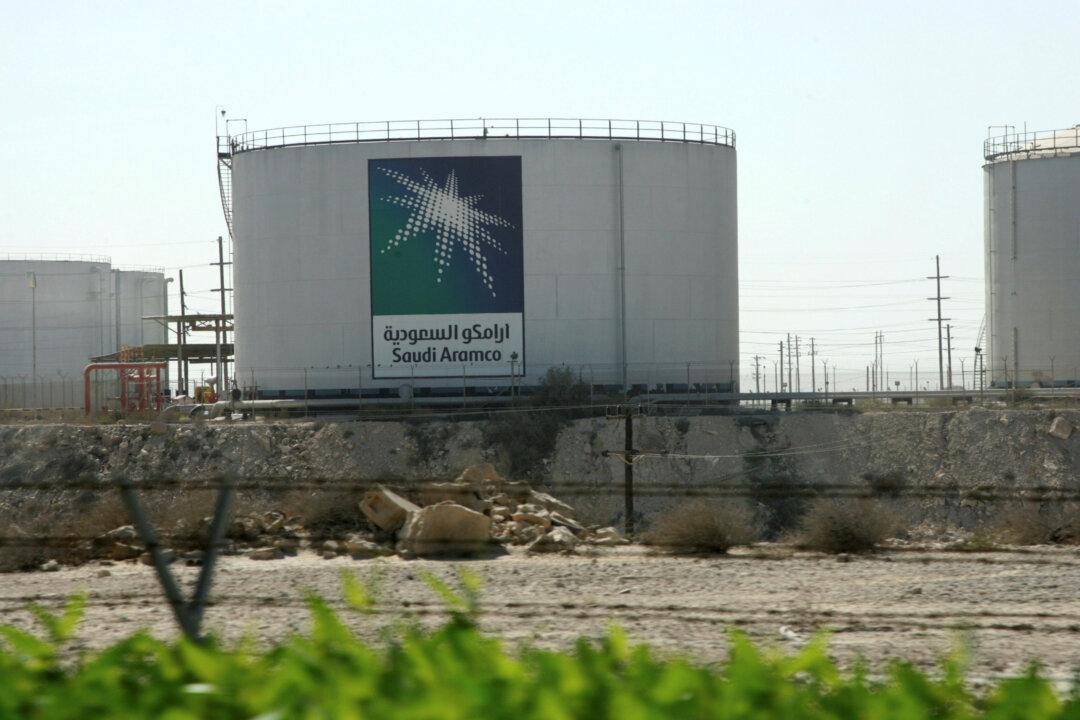NEW YORK—Oil prices surged more than 15 percent to their highest level in nearly four months at the open on Sunday after an attack on Saudi Arabia’s oil facilities on Saturday that knocked out more than 5 percent of global oil supply.
Brent crude futures jumped more than 19 percent to a session high of $71.95 a barrel at the opening, while U.S. crude futures surged more than 15 percent to a session high of $63.34 a barrel. Both benchmarks rose to the highest since May.





